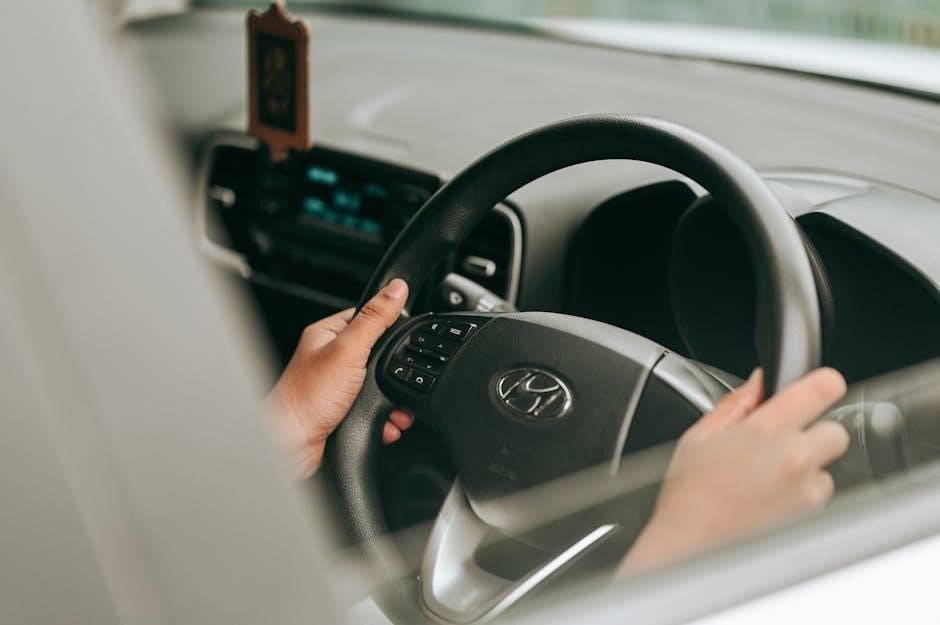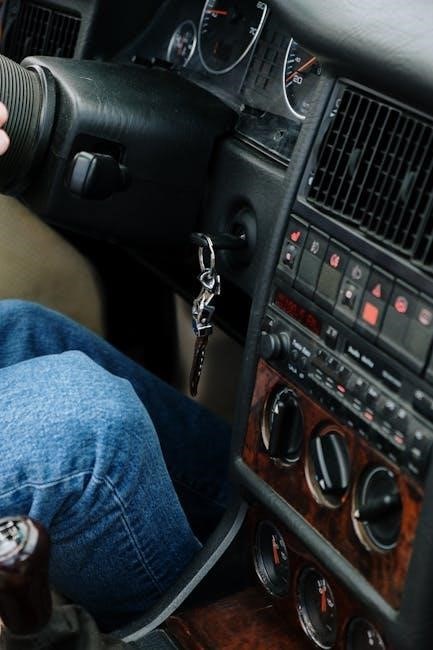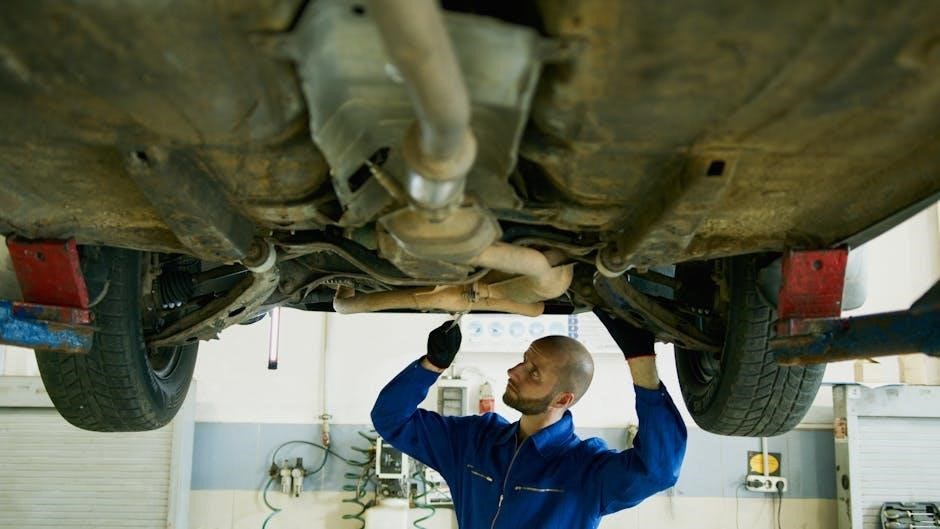Safety 1st Car Seat Manual: A Comprehensive Guide
Safety 1st car seats offer a blend of safety and convenience, making them a trusted choice for parents. This comprehensive guide provides essential information for understanding and utilizing your Safety 1st car seat effectively, ensuring your child’s safety during travel.
Safety 1st has established itself as a prominent brand specializing in baby and children’s products, with a strong emphasis on safety and quality. Among their popular offerings, car seats stand out as a crucial product range designed to protect young passengers. This manual serves as your guide to understanding the specific features, proper usage, and maintenance of your Safety 1st car seat.
Whether you’re a new parent or an experienced caregiver, properly installing and using a car seat is paramount. Safety 1st car seats are designed with user-friendly features, but familiarizing yourself with the manual is essential for optimal safety. This guide will walk you through the various aspects of your Safety 1st car seat, from installation to harness adjustment, ensuring your child’s well-being during every journey. Remember to always consult your vehicle’s owner’s manual in conjunction with this guide for vehicle-specific instructions.
Understanding Your Safety 1st Car Seat Model
Identifying your specific Safety 1st car seat model is the first step towards ensuring correct usage and accessing relevant information. Safety 1st offers a variety of car seat models, each designed with unique features and specifications to accommodate different age and weight ranges. Locating the model number and manufacturing date, typically found on a label affixed to the car seat’s shell, will unlock tailored instructions and safety guidelines.
Once you’ve identified your model, you can refer to the corresponding sections within this manual for detailed explanations of its features and functionalities. Different models may have variations in harness systems, recline positions, and installation methods. Understanding these specific details is crucial for providing optimal safety and comfort for your child. The manual will also highlight any model-specific warnings or precautions that need to be taken into consideration during use and maintenance.
Key Features and Benefits
Safety 1st car seats are engineered with a focus on providing superior protection and convenience for both parents and children. A primary feature is the advanced side impact protection, designed to minimize injury in the event of a collision. Many models also include adjustable headrests and harness systems, ensuring a customized and secure fit as your child grows.
Beyond safety, Safety 1st car seats offer practical benefits such as easy-to-clean fabrics and removable cup holders. Convertible models, like the Guide 65, provide extended use by transitioning from rear-facing to forward-facing positions. The LATCH system simplifies installation, and features like the top tether enhance stability in forward-facing mode. These features combine to offer a user-friendly experience while prioritizing your child’s well-being. Ultimately, Safety 1st car seats aim to give parents peace of mind on every journey.

Installation Guide
Proper installation is crucial for car seat safety. This section provides step-by-step instructions for securely installing your Safety 1st car seat, covering both rear-facing and forward-facing configurations, as well as LATCH system and tether usage.
Preparing for Installation: Vehicle Manual Check
Before you begin installing your Safety 1st car seat, a thorough review of your vehicle’s owner’s manual is absolutely essential. This manual contains critical information specific to your vehicle’s seating configuration, including the location of LATCH anchors, acceptable seating positions for car seat installation, and any vehicle-specific warnings or recommendations regarding child restraint systems.
Pay close attention to sections discussing child safety, airbag deployment, and any limitations related to installing car seats in certain seats. Familiarize yourself with the vehicle’s instructions on using seat belts and LATCH systems for securing child restraints. Note the weight limits for both the LATCH anchors and the vehicle’s seat belts, as these will determine when you need to switch from using LATCH to seat belt installation.
Understanding your vehicle’s specific guidelines will help ensure that you install the Safety 1st car seat correctly and safely, maximizing its effectiveness in protecting your child. This initial step is a cornerstone of safe car seat practices, and skipping it could compromise your child’s well-being.
Rear-Facing Installation Steps
To begin the rear-facing installation of your Safety 1st car seat, first, position the car seat in the vehicle seat, ensuring it is in the correct rear-facing mode. Consult both your car seat manual and your vehicle’s manual to identify appropriate seating positions and confirm that the car seat is level. Next, route the vehicle’s seat belt or LATCH straps through the designated guides on the car seat.
If using the seat belt, carefully thread it through the correct path and buckle it securely. Then, tightly lock the seat belt by pulling it all the way out and slowly allowing it to retract. If using LATCH, attach the LATCH connectors to the vehicle’s LATCH anchors. Once secured, firmly push down on the car seat near the belt path or LATCH connectors while simultaneously tightening the belt or straps to remove any slack.
Check for movement by grasping the car seat near the belt path and attempting to move it side to side and front to back. It should not move more than one inch in any direction. Finally, double-check all connections and adjustments to ensure a snug and secure fit.
Forward-Facing Installation Steps
Before installing your Safety 1st car seat in the forward-facing position, ensure your child meets the height and weight requirements specified in the car seat’s manual. Begin by placing the car seat on the vehicle seat in the forward-facing direction. Consult both the car seat and vehicle manuals to determine the correct seating position and LATCH anchor locations, if applicable.
Next, route the vehicle’s seat belt or LATCH straps through the appropriate belt path or LATCH guides on the car seat. If using the seat belt, carefully thread it through the forward-facing belt path, buckle it securely, and lock the seat belt by pulling it all the way out and slowly retracting it. If using LATCH, attach the LATCH connectors to the designated anchors in the vehicle.
Once the seat belt or LATCH straps are secured, firmly push down on the car seat near the belt path or LATCH connectors while tightening the belt or straps to eliminate any slack. Check for movement by gripping the car seat near the belt path and attempting to move it side to side and front to back. The car seat should not move more than one inch. Finally, attach the top tether strap to the vehicle’s tether anchor point for added stability.
Using the LATCH System
The Lower Anchors and Tethers for Children (LATCH) system is designed to simplify car seat installation without using vehicle seat belts. To begin using the LATCH system with your Safety 1st car seat, locate the lower anchor bars in your vehicle’s seating position. These are typically found in the seat bight where the seat back meets the seat cushion.
Next, attach the LATCH connectors on your Safety 1st car seat to the vehicle’s lower anchor bars. You’ll typically hear a click or see an indicator confirming a secure connection. Ensure the connectors are firmly attached and that there is no slack in the LATCH straps. Some Safety 1st car seats may have adjustable LATCH connectors, allowing you to tighten the connection.
Once the LATCH connectors are secured, check the car seat’s stability. Grip the car seat near the LATCH connectors and attempt to move it side to side and front to back. The car seat should not move more than one inch in any direction. If there is excessive movement, tighten the LATCH straps further or consult your vehicle’s and car seat’s manuals for troubleshooting. Remember to always use the top tether when installing a forward-facing car seat with the LATCH system.
Top Tether Usage (Forward-Facing)
When installing your Safety 1st car seat in the forward-facing position, using the top tether is crucial for enhanced safety. The top tether strap connects the car seat to an anchor point in your vehicle, reducing forward head movement in a crash. To use the top tether, first locate the tether anchor in your vehicle. This is typically found on the rear deck, the back of the vehicle seat, or the vehicle’s ceiling.
Next, route the top tether strap from your Safety 1st car seat to the tether anchor point in your vehicle. Ensure the tether strap is not twisted or routed improperly. Attach the tether hook to the anchor point and tighten the strap until it is snug. The tether strap should have minimal slack but should not pull the car seat out of position.
After attaching and tightening the top tether, check the car seat’s stability. The car seat should not move excessively when you push it from side to side or front to back. If the car seat moves more than one inch in any direction, re-tighten the tether strap and ensure it is properly connected. Always refer to both your vehicle’s and your Safety 1st car seat’s manuals for specific instructions and anchor point locations. Correct use of the top tether significantly improves your child’s safety in a collision.

Harness and Adjustment
Proper harness adjustment is critical for your child’s safety. A snug harness ensures that your child is securely restrained in the car seat. This section will guide you through the process of adjusting the harness for an optimal fit.
Adjusting the Harness for Proper Fit
Ensuring a proper harness fit is paramount for your child’s safety while using a Safety 1st car seat. Before each ride, take a moment to adjust the harness straps to accommodate your child’s current clothing and size. Begin by loosening the harness straps completely. Next, position your child in the car seat, ensuring their back and bottom are flush against the seat.
Locate the harness adjuster, typically found at the front of the car seat. Pull the adjuster strap to tighten the harness. The harness should be snug enough that you cannot pinch any excess webbing at your child’s shoulder. The chest clip should be positioned at armpit level.
For rear-facing car seats, the harness straps should be at or slightly below your child’s shoulders. For forward-facing car seats, the harness straps should be at or slightly above your child’s shoulders. Regularly check the harness fit as your child grows, and make adjustments accordingly.

Safety Guidelines and Warnings
Adhering to safety guidelines and warnings is crucial for optimal protection. Always refer to the complete Safety 1st car seat manual for detailed instructions. Incorrect usage can lead to serious injury.
Important Safety Precautions
Prioritize your child’s well-being by diligently following all safety precautions outlined in the Safety 1st car seat manual. Never compromise on safety; ensure the car seat is installed correctly and securely. Always use the appropriate car seat mode for your child’s age, weight, and height.
Regularly inspect the car seat for any signs of damage or wear. Replace the car seat immediately if it has been involved in an accident, even if there is no visible damage. Ensure the harness is snug and properly adjusted for each ride. Never leave your child unattended in the car seat.
Be aware of the expiration date of your car seat and discontinue use after this date. Refer to your vehicle’s owner’s manual for specific instructions on car seat installation. Do not use inflatable seat belts with the car seat unless specifically approved in the Safety 1st manual; Keep the instruction manual in a safe place for future reference. These steps will help maximize protection for your child.

Maintenance and Cleaning
Proper maintenance and regular cleaning are crucial for keeping your Safety 1st car seat in optimal condition. This ensures both safety and hygiene for your child. Always refer to the manual for specific cleaning instructions to avoid damage.
Cleaning Your Safety 1st Car Seat
Maintaining a clean Safety 1st car seat is essential for your child’s hygiene and the longevity of the product. Before you begin, always consult your car seat’s manual for specific cleaning instructions, as methods can vary between models. Regularly vacuum the car seat to remove crumbs, dirt, and debris from the fabric and crevices.
For spot cleaning, use a mild soap and water solution, gently dabbing the affected area with a soft cloth. Avoid harsh chemicals or abrasive cleaners, as these can damage the fabric and plastic components. Removable fabric covers can often be machine washed on a delicate cycle; however, always confirm this in the manual. Allow the fabric to air dry completely before reattaching it to the car seat to prevent mildew growth.
Plastic parts can be wiped down with a damp cloth and mild soap. Ensure all parts are thoroughly dry before reassembling the car seat. Regularly inspect the straps and buckles, cleaning them with a damp cloth as needed, but never submerge them in water or use soap, which can compromise their integrity.
